Chattogram, Oct 11 (V7N)- The dengue outbreak in Chattogram continues its upward trajectory, with over 300 new cases reported in the first week of October. The Chattogram Civil Surgeon’s office has marked six areas as "Red Zones" due to the high number of dengue patients, including Kotwali, Baklia, Bayezid Bostami, Bandar, Pahartali, and Khulshi.
A report released by the Civil Surgeon’s office that indicates, from September 1 to September 30, a total of 515 dengue patients were identified across 23 areas in the city. Among the most affected, Kotwali had 106 cases, followed by Baklia with 103, Bayezid Bostami with 76, Bandar with 33, Pahartali with 32, and Khulshi with 23.
Additionally, five areas have been placed under "Yellow Zones," including Panchlaish, Halishahar, Patenga, Chandgaon, and Double Mooring. Seven areas have been listed as "Blue Zones," such as Lalkhan Bazar, Agrabad, Muradpur, Akbar Shah, Kattali, Nasirabad, and Dampara, while four areas, including Oxygen, City Gate, Chawkbazar, and Sadarghat, fall under the "Green Zone" with fewer cases.
According to Dr. Jahangir Alam Chowdhury, Chattogram Civil Surgeon, the decision to categorize these areas as "Red Zones" was made to alert Chattogram City Corporation and the public. Special mosquito control measures are advised for these areas, along with increased public awareness. Entomological surveys reveal higher mosquito density in red zones. Many patients have also been reported from Lohagara, Banshkhali, and Anwara areas outside the city.
September witnessed a significant rise in dengue cases, surpassing the previous eight months' figures, with four times more cases than August. A total of 907 cases were reported in September, with 11 fatalities, predominantly women and children. This year, up until October 7, Chattogram has recorded 1,867 dengue cases and 16 deaths. In 2023, the city reported 14,082 cases and 107 deaths, marking a severe dengue crisis.
Field inspections reveal that public and private hospitals are overwhelmed with dengue patients, forcing some to seek treatment at home due to overcrowding.
Dr. Md Liakat Ali Khan, former Managing Director of Max Hospital, highlighted the rise of dengue due to new housing developments in Chattogram, where stagnant water in small reservoirs becomes breeding grounds for Aedes mosquitoes, the dengue vector. He also pointed out that discarded coconut shells, vehicle tires, small pits, rooftop gardens, and clogged drains serve as ideal mosquito breeding sites.
In recent years, the dengue menace has intensified, which Dr. Md Liakat Ali Khan attributes to erratic weather patterns, such as unexpected rainfall in October, creating conducive environments for mosquito breeding. He stressed that preventive measures, including clearing stagnant water, are crucial between July and October to curb the spread of dengue.
Dengue Etiology and Preventive Measures
Dengue fever is caused by the dengue virus, transmitted primarily by the Aedes aegypti mosquito, though Aedes albopictus also serves as a vector. The disease manifests with high fever, severe joint pain, rashes, and bleeding tendencies in severe cases.
To prevent the spread of dengue, the focus should be on eliminating mosquito breeding sites by ensuring that water does not accumulate in containers, tires, plant pots, and rooftops. Insecticides, mosquito nets, and protective clothing are also effective in reducing mosquito bites.
Treatment for Dengue
There is no specific treatment for dengue, but supportive care, including fluid management and pain relief, is essential. Severe cases may require hospitalization, especially for monitoring and managing complications like dengue hemorrhagic fever or dengue shock syndrome.
With proactive measures from local authorities and community awareness, the escalating dengue situation in Chattogram can be mitigated. However, immediate action is needed to reduce mosquito breeding grounds and prevent further fatalities.
END/ABZ/AJ



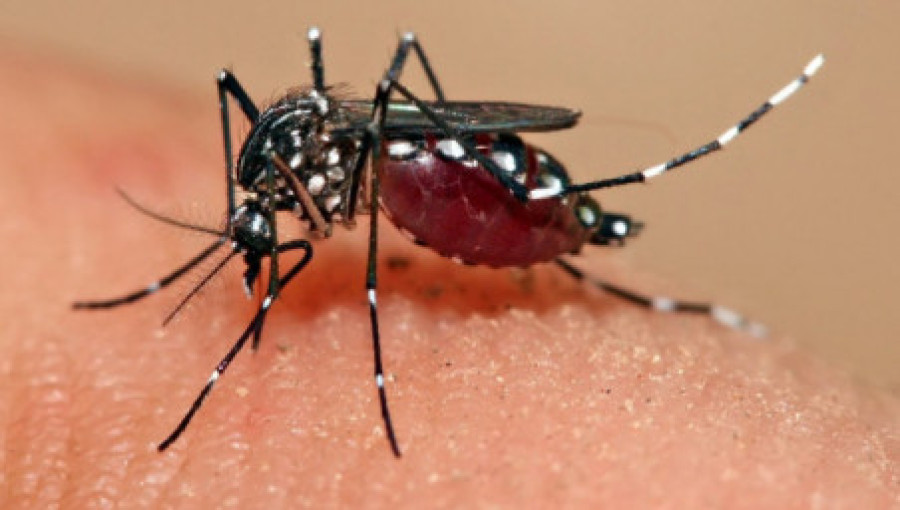
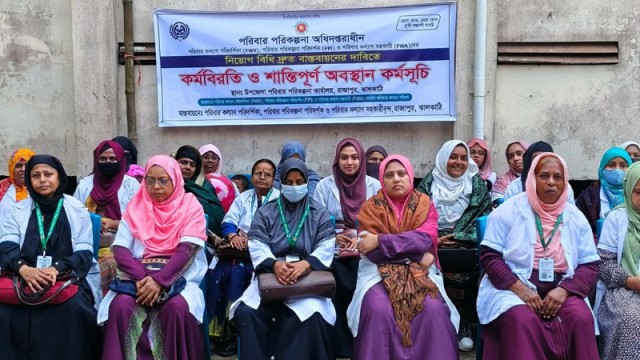
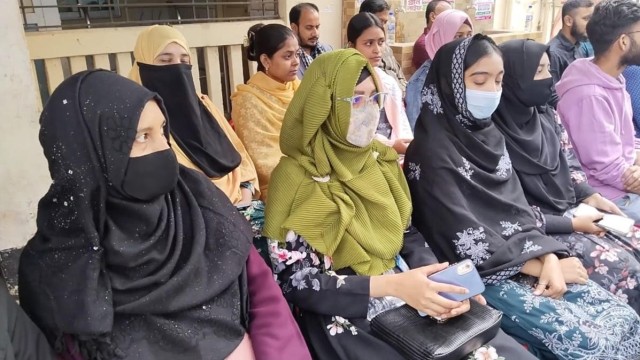
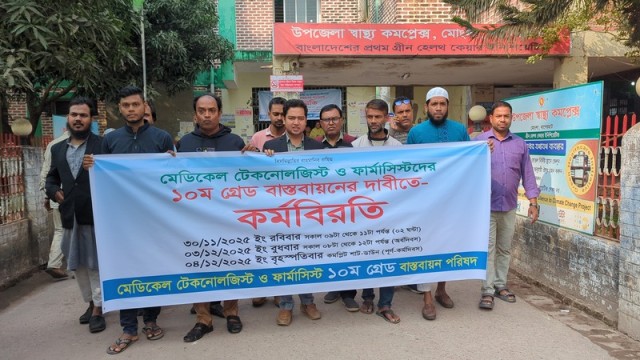

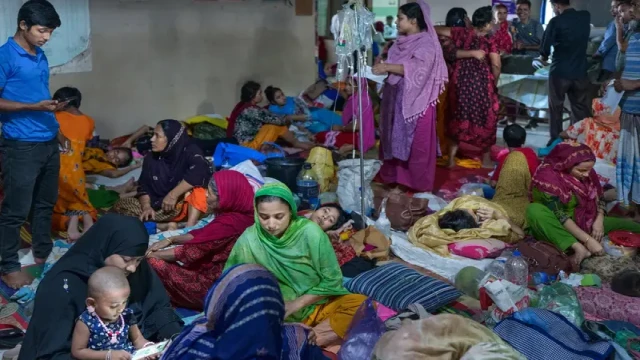





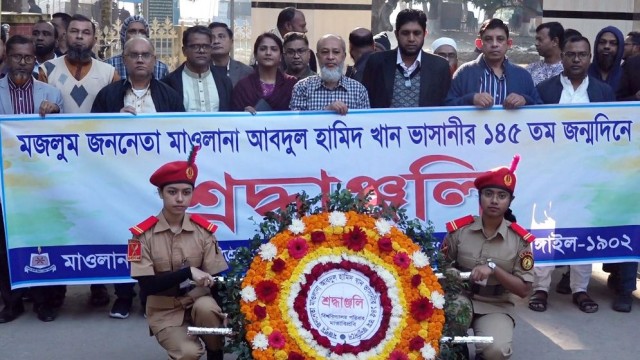


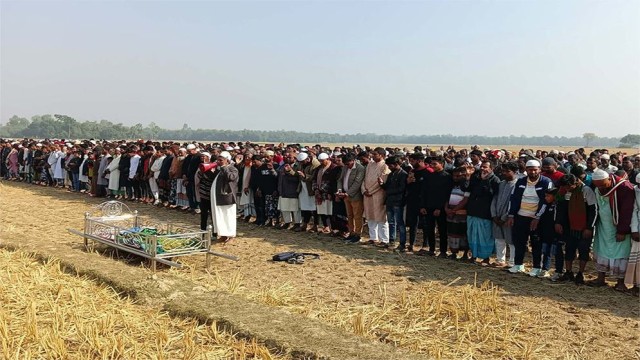


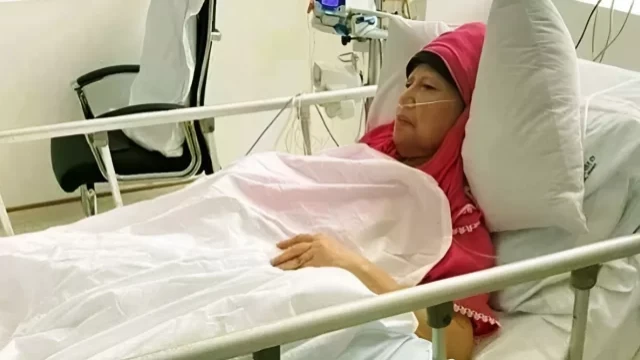

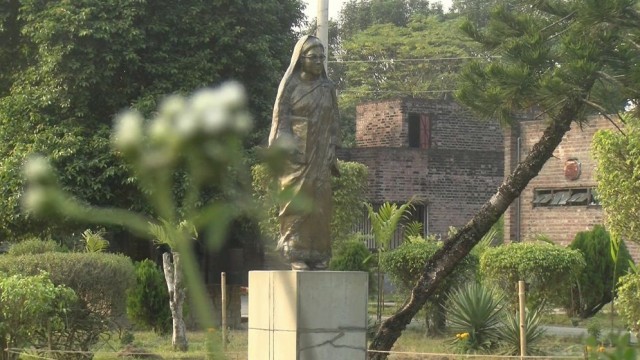







Comment: